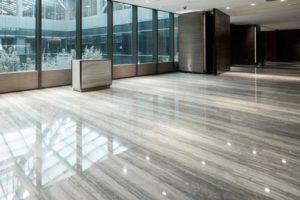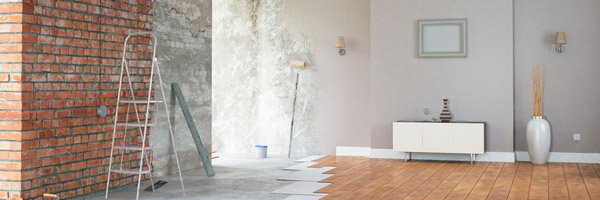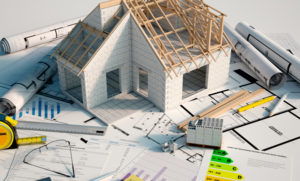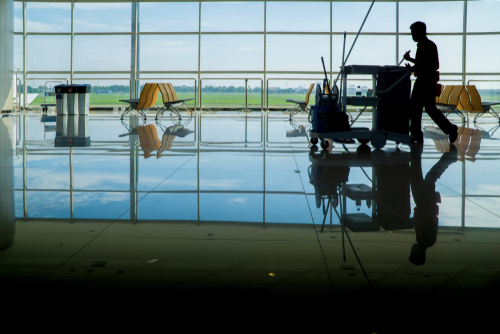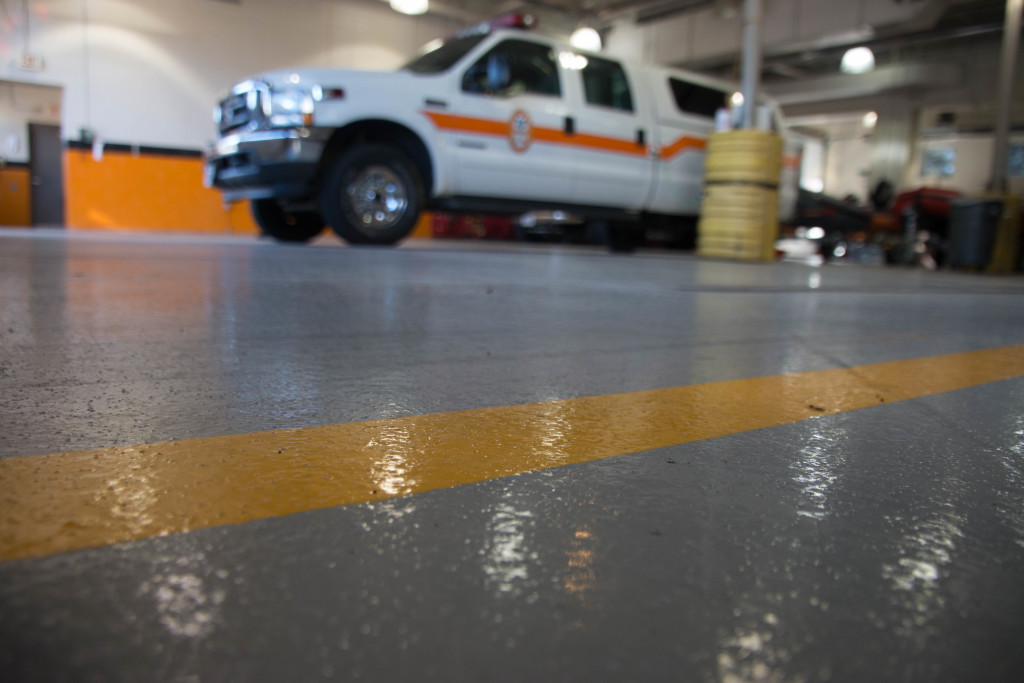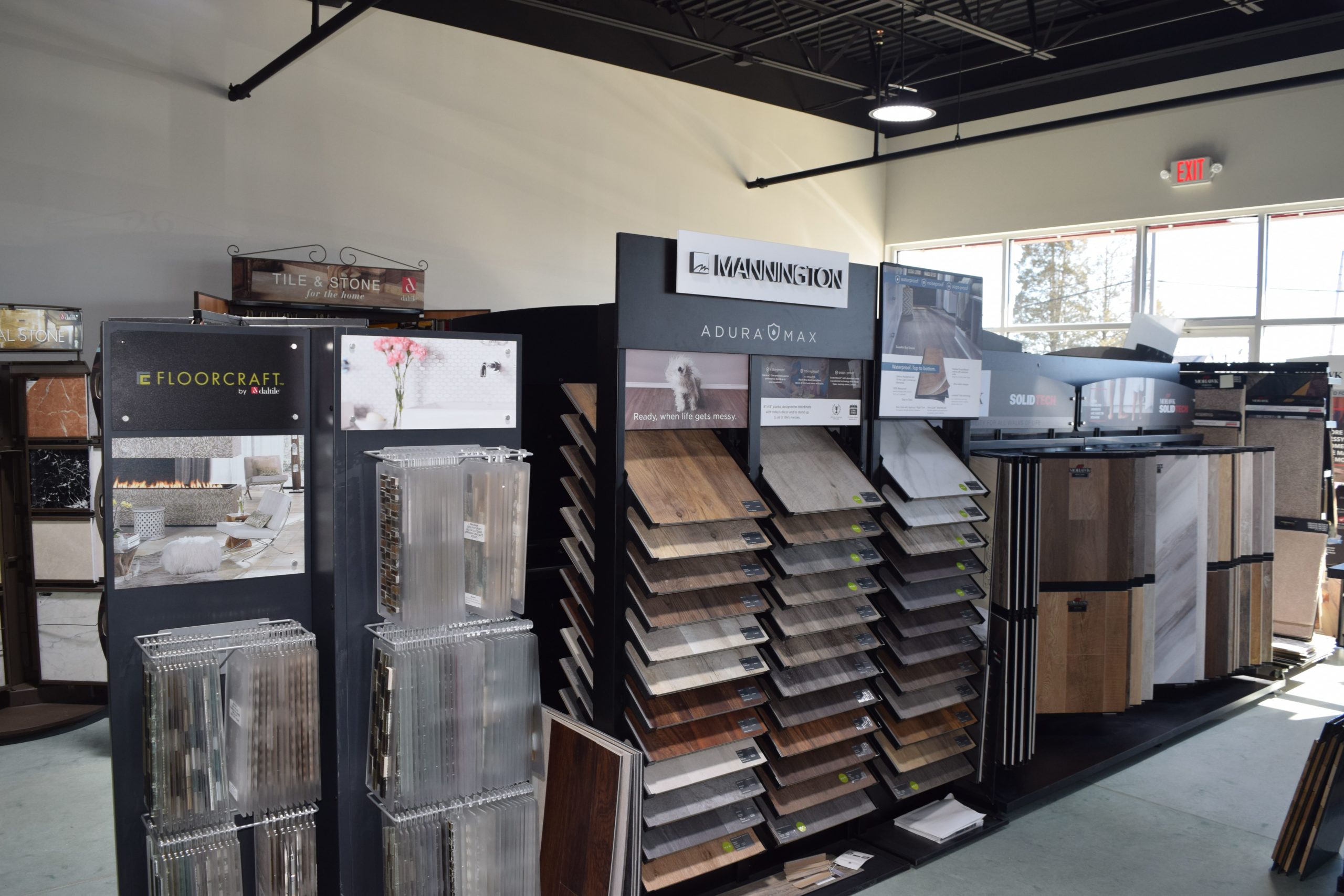Trees are a valuable part of any property, offering beauty, shade, and even increasing your home’s value. However, there are times when a tree might need to be removed for safety or health reasons. At Dragon Scale, we have ample experience providing home services, including tree removal, and we wanted to outline some key signs to help you determine when it’s time to say goodbye to a tree.
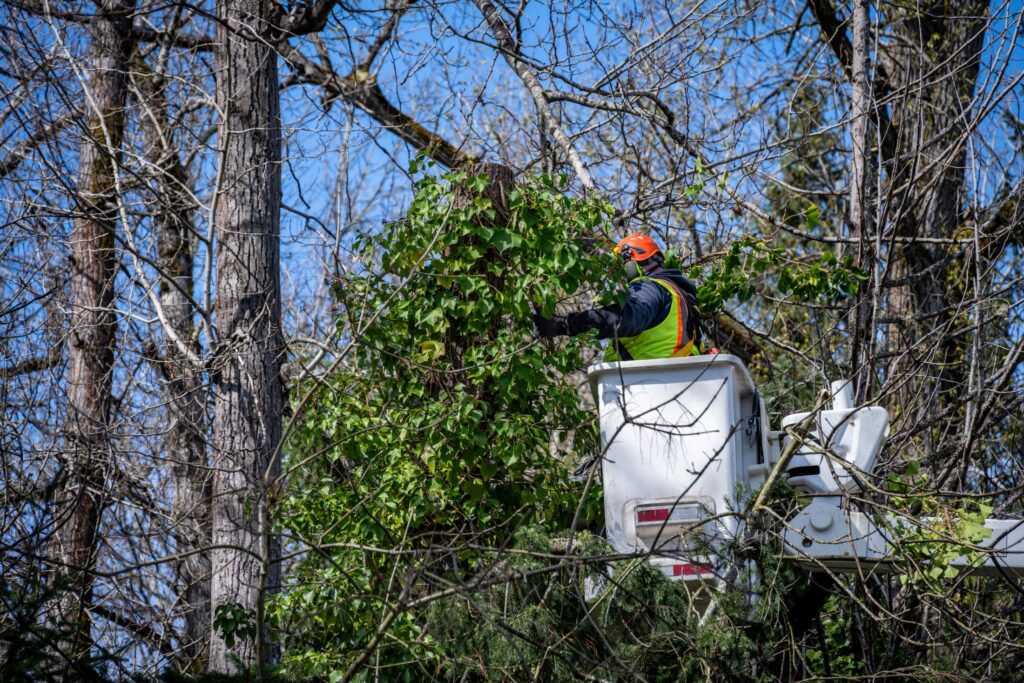
Signs of a Hazardous Tree
One of the primary reasons to remove a tree is safety. A tree that poses a risk to people or property should be addressed immediately. Look for the following indicators:
Dead or Dying Tree
If a tree is completely dead, it’s only a matter of time before it starts to decay and become structurally unsound. A dead tree can fall without warning, causing significant damage or injury. Even if a tree is partially dead, it might be a good idea to remove it, especially if it’s located near buildings or areas where people frequently gather.
Disease and Infestation
Trees, like all living organisms, can suffer from diseases and pests. Some signs of disease include discolored leaves, unusual growth patterns, or visible fungi growing on the trunk. Infested trees may show signs of boring insects or have noticeable bark damage. If treatment isn’t feasible or the tree’s health continues to decline, removal may be the best option to prevent the spread of disease to other trees on your property.
Structural Issues
Trees with large, visible cracks or splits in the trunk or major limbs are a significant risk. Additionally, if a tree is leaning heavily to one side, it could be at risk of falling, especially during strong winds or storms. Roots that are heaving or disturbed can also indicate instability. In these cases, professional assessment and potential removal are essential to prevent accidents.
Impact on Property and Infrastructure
Beyond immediate safety concerns, trees can also impact your property in ways that may necessitate removal.
Interference with Structures
Trees that grow too close to your house, garage, or other structures can cause damage. Over time, roots can undermine foundations, sidewalks, and driveways. Branches that hang over roofs can drop debris, leading to clogged gutters or roof damage. In such cases, removing the tree might be the most practical solution.
Utility Line Hazards
Trees growing near power lines pose a significant hazard. They can cause power outages, fires, or even become a safety risk during storms. Utility companies often trim trees near power lines, but in some cases, removal is necessary to ensure ongoing safety and reliability.
Aesthetic and Practical Considerations
While safety and structural concerns are the primary reasons for tree removal, there are other factors to consider.
Overcrowding
If your property has multiple trees growing too close together, they may compete for sunlight, water, and nutrients. This competition can lead to weaker trees that are more susceptible to disease and pests. Removing some trees can improve the health of the remaining ones and enhance the overall appearance of your landscape.
Landscape Renovation
Sometimes, tree removal is part of a broader landscaping plan. Whether you’re redesigning your yard, installing a new patio, or adding a garden, removing certain trees might be necessary to achieve your vision.
Consult a Professional Tree Removal Company
While trees offer numerous benefits, there are times when removal is the best option for safety, health, and practical reasons. By recognizing the signs of hazardous or problematic trees, you can take proactive steps to maintain a safe and beautiful property. For expert advice and assistance, don’t hesitate to reach out to the professionals at Dragon Scale.








